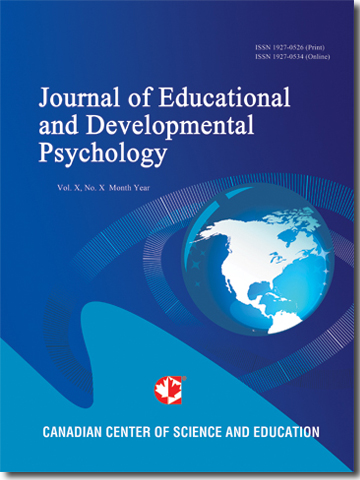Democracy, Dictatorship, and Adolescent Self-Esteem: A Cross-Sectional Comparison Across the Iron Curtain
- Carl Antonson
- Frida Thorsén
- Rada Berg
- Karolina Palmér
- Jan Sundquist
- Kristina Sundquist
Abstract
BACKGROUND: Democracy and dictatorship are opposite forms of governance and may influence children differently, partly through the school curriculum.
METHODS: Data were collected in the communistic dictatorship of Bulgaria before the fall of the Berlin wall and in the West-European democracy of Sweden. The aims were to compare self-esteem between Swedish and Bulgarian adolescents, examine sex differences and investigate potential interactions between country and sex. We used the well-validated self-reporting questionnaire ‘I Think I Am’ scale (ITIA) measuring self-esteem.
RESULTS: A total of 100 Swedish (58 boys, 42 girls) and 88 Bulgarian (41 boys, 47 girls) were included in the analyses. The Swedish male adolescents reported a significantly higher global self-esteem than the Bulgarian males. No country difference in global self-esteem was found between the females. For the two relational sub-scales ‘Relations with the family’ and ‘Relations with others’ there were significant differences between the two countries where the Swedish adolescents of both sexes had significantly higher scores. The Bulgarian adolescents had fewer sex differences than the Swedish ones.
CONCLUSIONS: Our study is based on the only known existing data from before the fall of the Berlin wall comparing self-esteem in a country belonging to the autocratic Soviet-bloc and a West-European democracy, data that are no longer possible to obtain. The observed differences between countries and sexes may be explained by the differences in governance. Sweden formed adolescents with significantly higher self-esteem than Bulgaria, which might have been caused by social stressors leading to a ‘Dictatorship damage’ consisting of a lower self-esteem. The lower difference in self-esteem between the sexes in Bulgaria could possibly be attributed to the idealization of the strong emancipated woman, which was a social icon in the Soviet-bloc.
- Full Text:
 PDF
PDF
- DOI:10.5539/jedp.v9n2p45
Journal Metrics
(The data was calculated based on Google Scholar Citations)
1. Google-based Impact Factor (2021): 1.11
2. h-index (December 2021): 29
3. i10-index (December 2021): 87
4. h5-index (December 2021): N/A
5. h5-median (December 2021): N/A
Index
- Academic Journals Database
- CNKI Scholar
- Copyright Clearance Center
- CrossRef
- Elektronische Zeitschriftenbibliothek (EZB)
- EuroPub Database
- Excellence in Research for Australia (ERA)
- Harvard Library
- Jisc Library Hub Discover
- JournalSeek
- JournalTOCs
- LIVIVO (ZB MED)
- LOCKSS
- MIAR
- Open Access Journals Search Engine(OAJSE)
- PKP Open Archives Harvester
- Publons
- ROAD
- Scilit
- SHERPA/RoMEO
- Standard Periodical Directory
- Stanford Libraries
- Technische Informationsbibliothek (TIB)
- UCR Library
- UoB Library
- WorldCat
- Zeitschriften Daten Bank (ZDB)
Contact
- Carol WongEditorial Assistant
- jedp@ccsenet.org
